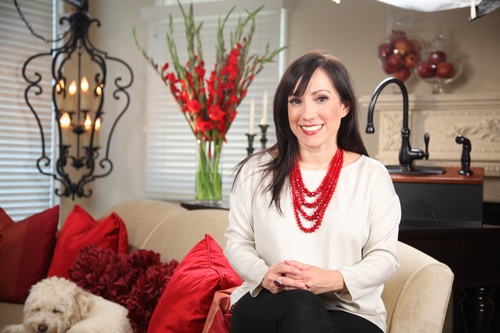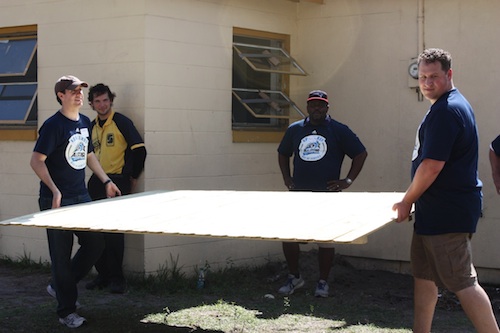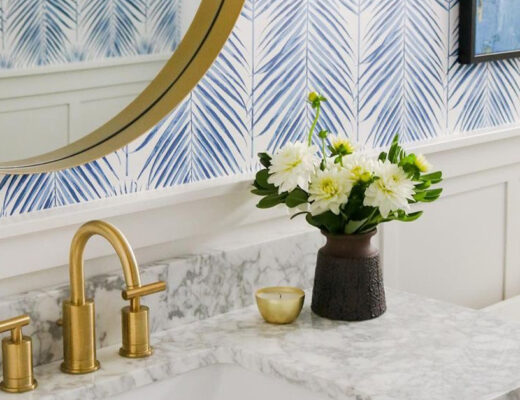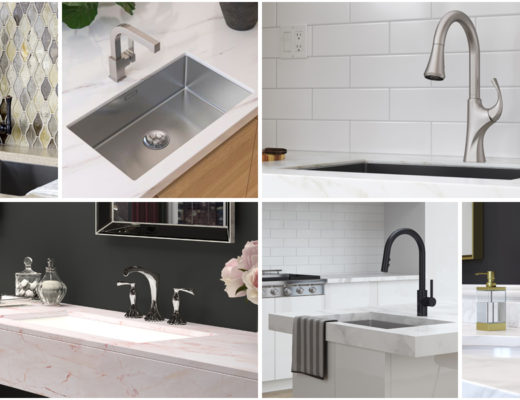This week LaPorta is taking on design on a budget — describing how to use your home budget wisely and how to remain in budget while still hiring a designer.
Q: I don’t have a large redesign budget, but I do plan to use a percentage of my budget hiring a designer. What can I do before, during and after my consultation so that I can keep these costs down?
Lisa: Great news! No matter how big or small your budget, consulting with a designer will help your project run smoother and will get you closer to your desired final outcome. There are a couple of easy things you can do before engaging a designer that will help you manage your consultant budget, and ensure you achieve the end result you desire.
First, identify specific tasks or projects where you need professional help. For example, let’s say that you want to buy a new couch and entertainment center for your den, but the room is a funny shape and you don’t know what style, shape or size will work best. That’s a great place for your designer to provide valued input.
Second, do your homework. Flip through various design magazines and websites. Keep a journal and save photos of what you like, and more importantly what you don’t like. The more time you spend on your own, the less time you will need with a designer, maximizing your budget.

Q: How do you advise clients on using their home design budgets?
Lisa: It depends on if the working budget was developed realistically based solely on your available funds, or if it was created with no limits based on various projects you want to complete. In terms of ROI, there are two project rooms that are always a good investment: Kitchens and bathrooms.
When looking to sell your home, or even just to refresh your space, the kitchen and bathrooms are the first areas that add or diminish the value of your home. Kitchens can get costly because of large appliance upgrades, but there are small updates you can make like new cabinet and faucet hardware, fresh paint and new countertops that will freshen the space without blowing your budget.
When putting your budget together, you should always consider: 1) your finances and what you can afford to spend, 2) the value of your home and how much that value can realistically increase through design improvements, 3) what you owe on the home and if you are planning to sell or stay, and 4) the desired completion timeframe for your projects.
A big thank you to Lisa for those tips to get you started with low-cost home design. We would love to hear from you. Please leave a comment with any problems you’re having with your home design and we’ll direct them to Lisa LaPorta for consideration in a future column.



